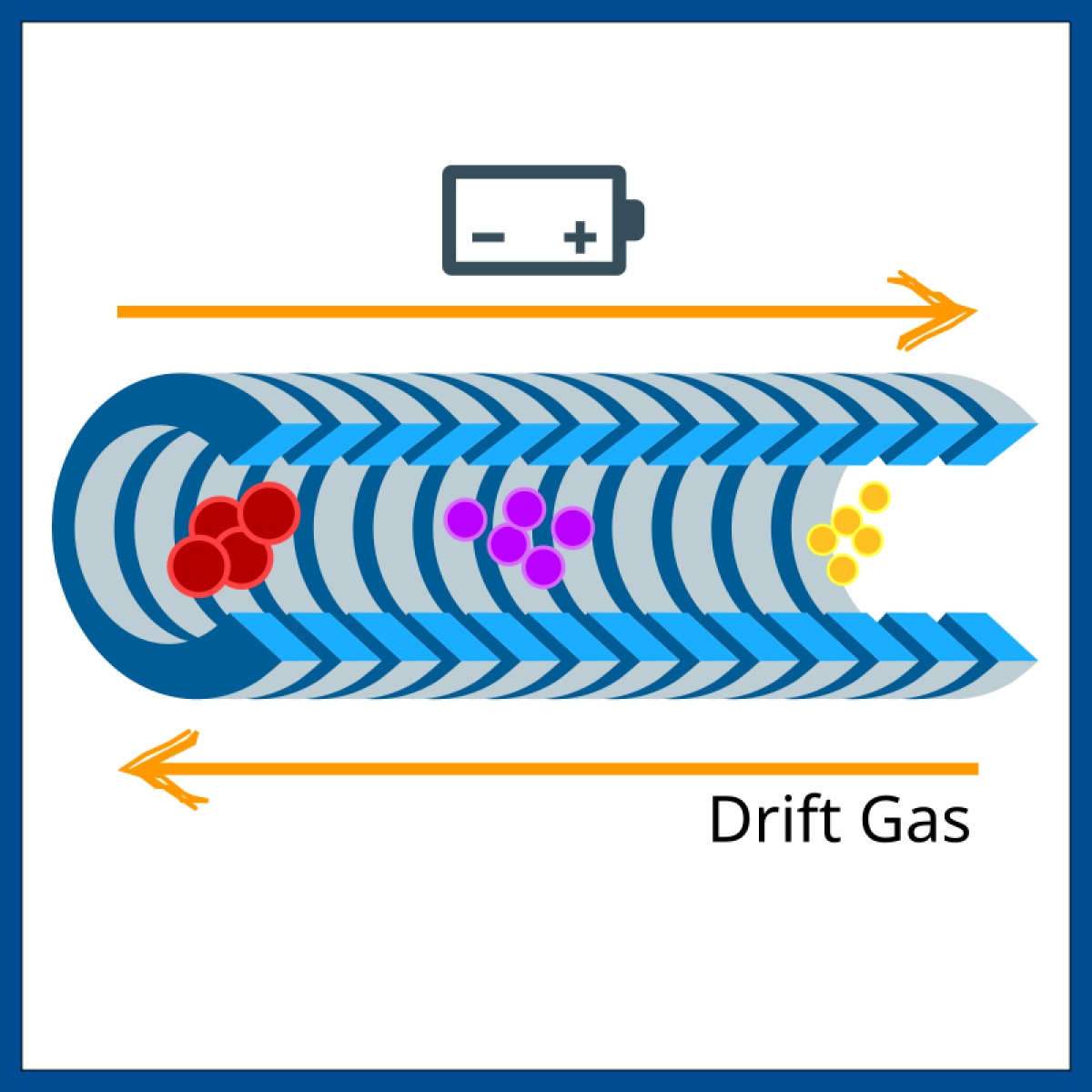Ion Mobility & Element Spectrometry

Ion Mobility Spectrometry
Ion mobility spectrometry, originally used to detect gaseous pollutants of organic contaminants, e.g., chemical warfare agents, explosives, and illegal drugs in the air, is a promising technique combined with a suitable sample introduction system for analyzing aqueous samples. The interest in simple, inexpensive, and fast techniques, which can be used for online monitoring, has grown also in terms of water analysis in recent years. Although IMS has been conceived for monitoring volatile analytes, IMS equipment rarely has a specific inlet system to produce gaseous compounds. An efficient sample-introduction system is, therefore, an essential supplement to IMS to open new fields of applications. Our research interests are the development of sample introduction systems coupled to ion mobility spectrometry (IMS, DMS, FAIMS) for the robust on-site screening analysis of organic contaminants in water and the development of new coupling techniques for selectivity and sensitivity enhancement within ion mobility spectrometric techniques (AiF-ZIM, BMBF, EU funding).
Studies on the application of IMS to detect mercury compounds in the flue gas are funded by AiF-IGF.

